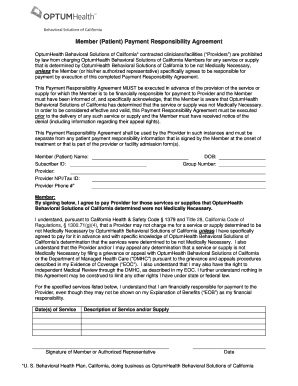Content

This Is Atp To Adp Catabolic Or Anabolic? commonly entails the activation of purinergic receptors on cells within proximity, thereby transducing signals to regulate intracellular processes. ATP is released from vesicular stores and is regulated by IP3 and other common exocytotic regulatory mechanisms. ATP is co-stored and co-released among neurotransmitters, further supporting the notion that ATP is a necessary mediator of purinergic neurotransmission in both sympathetic and parasympathetic nerves. ATP can induce several purinergic responses, including control of autonomic functions, neural glia interactions, pain, and control of vessel tone. Of the four major macromolecular groups that are processed by digestion, carbohydrates are considered the most common source of energy to fuel the body.

Because catabolic reactions produce energy and anabolic reactions use energy, ideally, energy usage would balance the energy produced. If the net energy change is positive , then the body stores the excess energy by building fat molecules for long-term storage. On the other hand, if the net energy change is negative , the body uses stored energy to compensate for the deficiency of energy released by catabolism.
Realizing the Importance of Medical Electronic Devices
Hence, the synthesis of ATP is an endothermic reaction, not an exothermic reaction. The body is a complex organism, and as such, it takes energy to maintain proper functioning. Adenosine triphosphate is the source of energy for use and storage at the cellular level. The structure of ATP is a nucleoside triphosphate, consisting of a nitrogenous base , a ribose sugar, and three serially bonded phosphate groups. ATP is commonly referred to as the “energy currency” of the cell, as it provides readily releasable energy in the bond between the second and third phosphate groups.
What type of reaction is ADP to ATP?
So, the correct answer is 'Endergonic; Chemiosmosis'
A positive charge on the substrate is attracted to a negative charge in the active site of the enzyme. The enzyme has the ability to change its configuration in response to the substrate binding. Biological systems use free energy based on empirical data that all organisms require a constant energy input. The first law of thermodynamics states that energy can be neither created nor destroyed. For living organisms, which of the following statements is an important consequence of this first law?
Catabolic and Anabolic Reactions:
Energy input into the organism must be occurring to drive the decrease in entropy. Living organisms must increase the entropy of their surroundings. The components of the phosphoanhydride are very negatively charged.
The conformation of the active site is determined by the tertiary or quaternary structure of the enzyme. Substrate binds to an allosteric site rather than to the active site of an enzyme. Which of the following statements is an important consequence of the first law of thermodynamics for a living organism? An organism ultimately must obtain all of the necessary energy for life from its environment.
Module 8: Metabolism and Nutrition
https://adprun.net/ Coupling is the linkage between chemical reactions such that one reaction generates energy whereas the other reaction utilizes that energy or, rather, that energy drives the other reaction forward. High levels of ADP result in allosteric activation of catabolic pathways. High levels of ATP result in allosteric activation of anabolic pathways.
- For example, excessive production of the hormone cortisol gives rise to Cushing syndrome.
- ATP production inhibition occurs during mitochondrial flashes.
- B) It provides energy coupling between exergonic and endergonic reactions.
- Diagnosis typically involves blood tests and imaging tests of the adrenal and pituitary glands.
There is also a possibility that some parts of metabolism might exist as “modules” that can be reused in different pathways and perform similar functions on different molecules. Additionally, some of the functions and parts of the pathways that are not essential for survival are lost over tim. ATP is the energy molecule that transfers chemical energy in human cells. In general, the energy to synthesize ATP molecules must be obtained from food molecules. ATP is mainly synthesized in the mitochondria in the cells, with some additional ATP synthesized in the cytoplasm.
